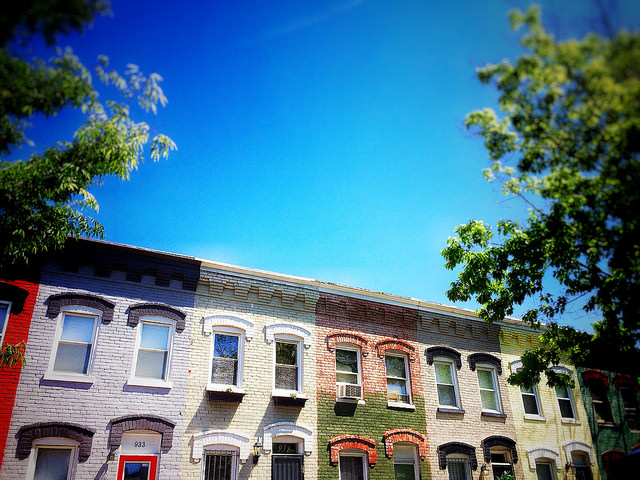The National Association of Realtors’ Pending Home Sales Index measures the number of contracts to buy homes signed each month. It’s an important barometer of housing-market health because it can be a reliable indicator of future home sales numbers. In September, the index found pending sales down 2.2 percent from the previous month, though still 20.5 percent higher than last year at the same time. Lawrence Yun, NAR’s chief economist, says home buying demand is still strong. “The demand for home buying remains super strong, even with a slight monthly pullback in September, and we’re still likely to end the year with more homes sold overall in 2020 than in 2019,†Yun said. “With persistent low mortgage rates and some degree of a continuing jobs recovery, more contract signings are expected in the near future.†Regionally, only the Northeast saw a month-over-month improvement, with pending sales now up 27.7 percent from last year in the region.













